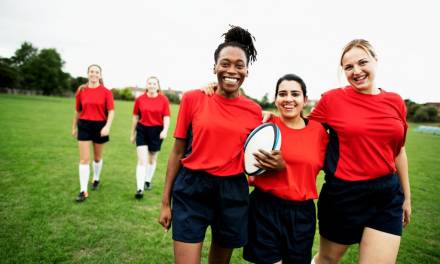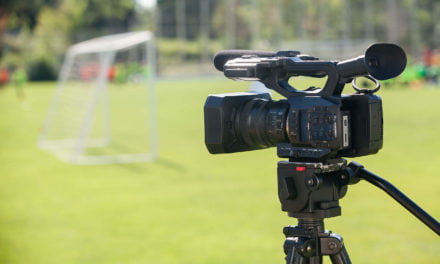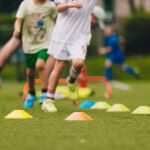Physical education (PE) is an important part of the school curriculum, but it can be a challenge for children with special educational needs and disabilities (SEND). There are many barriers that can prevent these children from participating in PE, including physical, attitudinal, communication, self-confidence, fear of injury, and lack of support.
Physical barriers can include things like inaccessible facilities, lack of adapted equipment, or activities that are not suitable for children with certain disabilities. For example, a child in a wheelchair may not be able to participate in activities that require running or jumping. Or, a child with a visual impairment may not be able to see the ball in a game of basketball.
Attitudinal barriers can include things like negative attitudes towards children with SEND, lack of understanding, or fear of the unknown. For example, a teacher may be hesitant to include a child with SEND in PE activities because they are worried about the child’s safety or the other children’s reaction. Alternatively, a peer may make fun of a child with SEND for not being able to do the same activities as them.
Communication barriers can include things like difficulty understanding instructions, difficulty expressing oneself, or sensory processing difficulties. For example, a child with autism may have difficulty understanding the instructions for a PE activity, or a child with ADHD may have difficulty staying focused during the activity.
Self-confidence barriers can include things like low self-esteem or confidence in their physical abilities. Children with SEND may have had negative experiences in the past, such as being teased or excluded, which can make them reluctant to participate in PE.
Fear of injury can be a barrier for children with SEND, especially those with physical disabilities. Children with SEND may be more likely to experience injuries during PE, which can make them hesitant to participate.
Lack of support can be a barrier for children with SEND, especially those who need additional help to participate in PE. Children with SEND may not have the same level of support from their parents, teachers, or peers as other children, which can make it difficult for them to participate in PE.
These are just some of the barriers that can prevent children with SEND from participating in PE. It is important to be aware of these barriers so that we can work to overcome them and ensure that all children have the opportunity to participate in PE.
How to overcome participation barriers
It is important to recognise the barriers above that students may exhibit. This will help implement supportive strategies or methods to break down these barriers. There are a number of things that can be done to overcome the barriers to participation in PE for children with SEND. These include:
- Making facilities accessible to all children.
- Providing adapted equipment.
- Adapting activities to be suitable for all children.
- Raising awareness of SEND and how to support children with SEND in PE.
- Providing training for teachers and other staff on how to support children with SEND in PE.
- Encouraging parents and peers to be supportive of children with SEND in PE.
Use online resources for encouragement
PE Office has the ability to help raise the participation of students with the invaluable learning content and resources that it has to offer. The system has engaging lesson plans and schemes of work that can be downloaded by teachers to help deliver lessons.
PE office also includes a variety of videos by elite performers and animations of how to correctly execute certain skills. This can help encourage participation as students will want to emulate their actions and achieve a high standard.
If you would like to learn more about PE Office then call 01909 776900, send an email to mail@peoffice.co.uk or explore the vast resources on display here.










